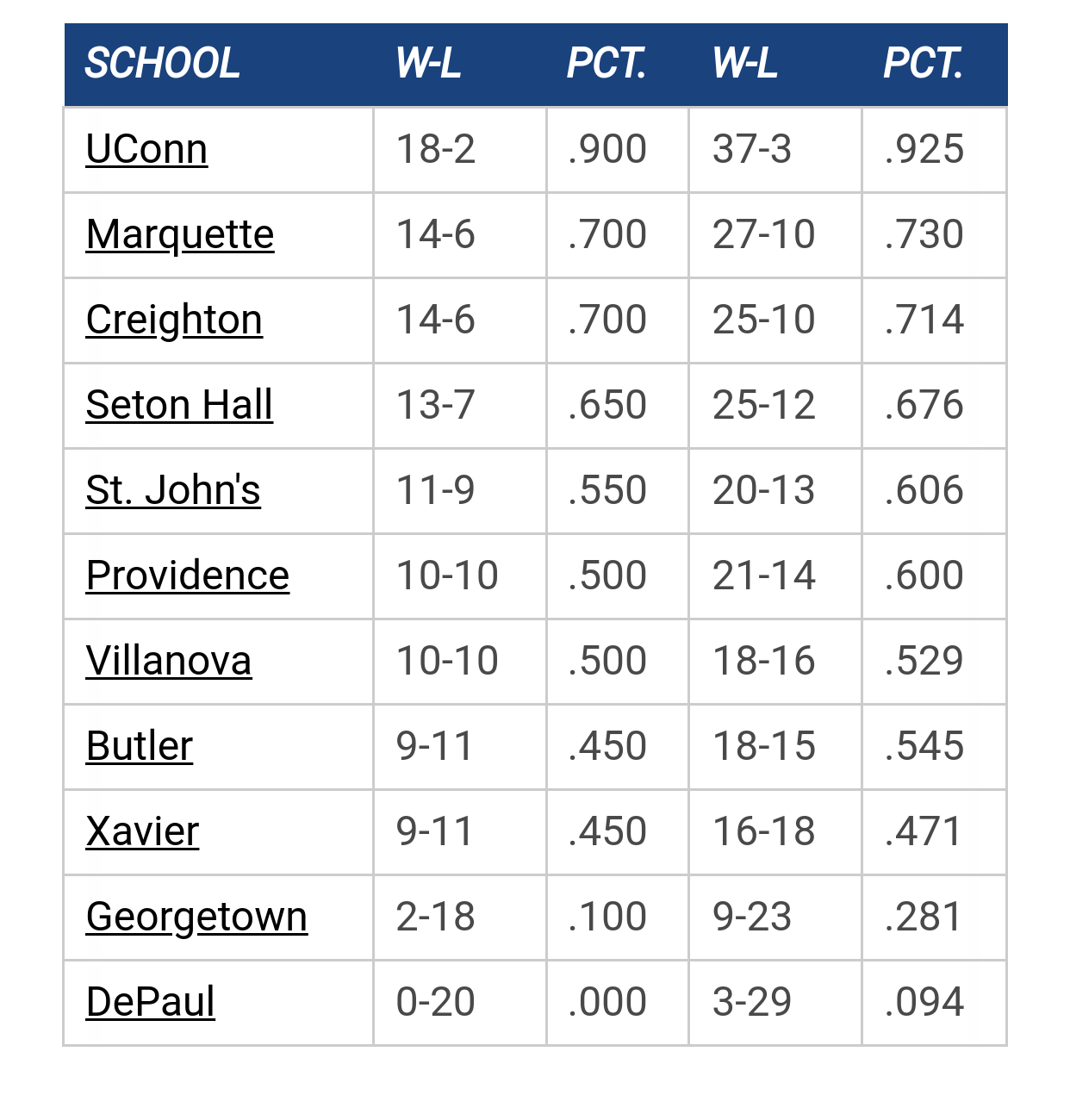- Welcome to MUScoop.
Be like Matt. by panda
[Today at 02:09:11 PM]
[Paint Touches] MU's Nonconference Report Card by CountryRoads
[Today at 01:50:21 PM]
2026 Transfer Portal Wishlist by wadesworld
[Today at 01:41:32 PM]
Amadou in the portal by MU Fan in Connecticut
[Today at 01:25:38 PM]
What would make you show Shaka the door in March? by Pakuni
[Today at 01:07:04 PM]
I don't have a single positive from this game by We R Final Four
[Today at 10:52:50 AM]
2025-26 College Hoops Thread by MuggsyB
[Today at 06:12:43 AM]
[Today at 02:09:11 PM]
[Paint Touches] MU's Nonconference Report Card by CountryRoads
[Today at 01:50:21 PM]
2026 Transfer Portal Wishlist by wadesworld
[Today at 01:41:32 PM]
Amadou in the portal by MU Fan in Connecticut
[Today at 01:25:38 PM]
What would make you show Shaka the door in March? by Pakuni
[Today at 01:07:04 PM]
I don't have a single positive from this game by We R Final Four
[Today at 10:52:50 AM]
2025-26 College Hoops Thread by MuggsyB
[Today at 06:12:43 AM]
The absolute only thing required for this FREE registration is a valid e-mail address. We keep all your information confidential and will NEVER give or sell it to anyone else.
Login to get rid of this box (and ads) , or signup NOW!
Georgetown Date/Time: Dec 17, 2025, 7:30pm TV: FS1 Schedule for 2025-26 |
||||||
User actions


